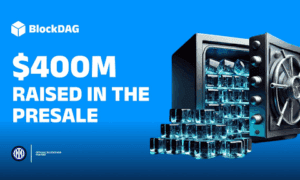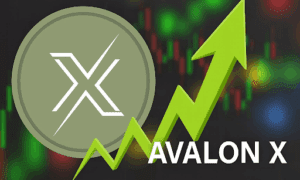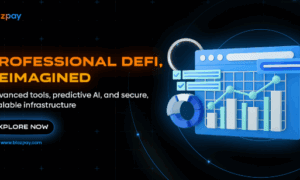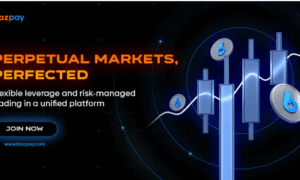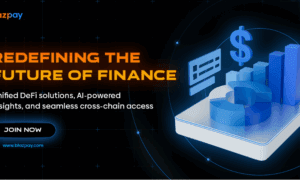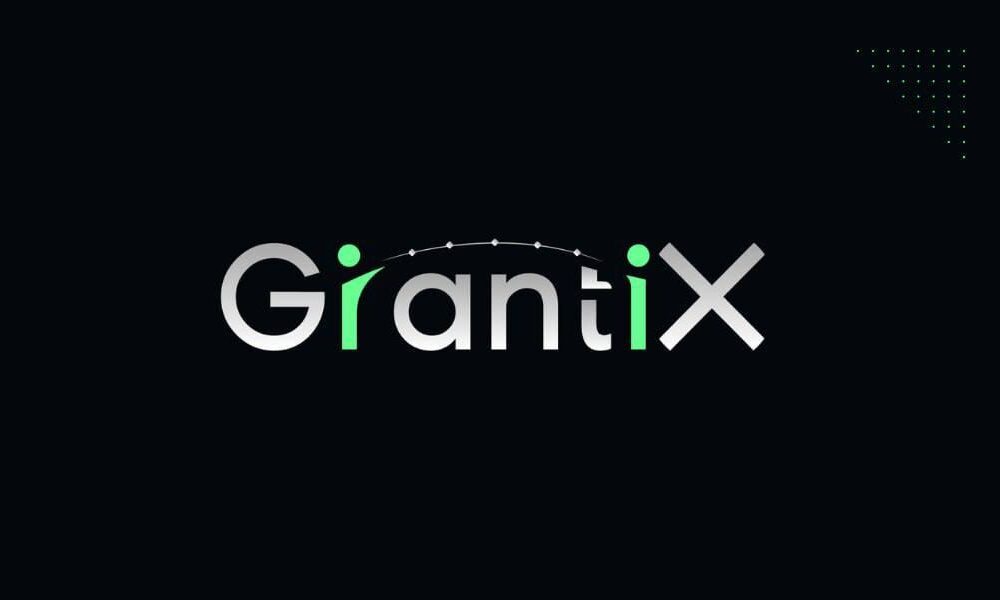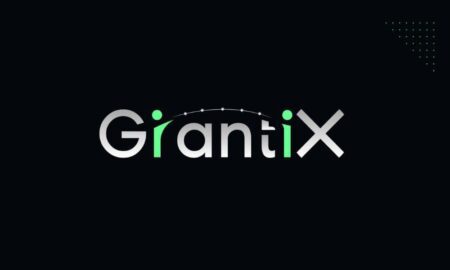Introduction
In the realm of decentralized application (DApp) development, efficiency and speed are paramount. Developers constantly seek innovative solutions to streamline processes and enhance user experiences. One such solution gaining traction is the integration of Polygon MATIC, a scaling solution for Ethereum-compatible blockchain networks. This article explores how integrating Polygon MATIC can significantly improve the speed and efficiency of DApp development.
Understanding Polygon MATIC
Before delving into the benefits of integrating Polygon MATIC, it’s essential to understand what it entails. Polygon MATIC is a layer 2 scaling solution that aims to address the scalability issues faced by Ethereum. By utilizing sidechains, Plasma frameworks, and other scaling techniques, Polygon MATIC enhances the throughput of Ethereum-based transactions while maintaining security and decentralization.
Seamless Scalability
One of the primary challenges of DApp development on Ethereum is scalability. As the network experiences congestion during periods of high activity, transaction fees soar, and confirmation times lengthen. This inefficiency can hinder user adoption and limit the growth potential of DApps. However, by integrating Polygon MATIC, developers can mitigate these scalability issues.
Enhanced Transaction Speed
Speed is crucial in providing a seamless user experience for DApp users. With Polygon MATIC, transactions are processed swiftly, thanks to its scalable infrastructure. By offloading transactions to sidechains, Polygon MATIC significantly reduces congestion on the Ethereum mainnet, resulting in faster confirmation times and lower gas fees. This enhanced transaction speed not only improves user satisfaction but also enables DApps to handle a higher volume of transactions without compromising performance.
Cost-Effective Development
Developing and deploying smart contracts on Ethereum can be costly, especially during periods of network congestion. Gas fees can escalate rapidly, making it financially impractical for developers, particularly those working on bootstrapped projects. By integrating Polygon MATIC, developers can enjoy a more cost-effective development process. With lower gas fees and reduced transaction costs, building and deploying DApps becomes more accessible and affordable, fostering innovation and creativity within the ecosystem.
Enhanced Security and Decentralization
While scalability and speed are essential, they must not come at the expense of security and decentralization. Fortunately, Polygon MATIC maintains a strong focus on security and decentralization, ensuring that DApps built on its infrastructure remain resilient to attacks and censorship-resistant. By leveraging Ethereum’s robust security features and adding additional layers of protection, Polygon MATIC offers developers peace of mind, knowing that their DApps are safeguarded against potential threats.
Seamless Integration
Integrating Polygon MATIC into existing DApps or incorporating it into new projects is a straightforward process. With comprehensive documentation, developer-friendly tools, and robust community support, developers can seamlessly integrate Polygon MATIC into their workflow. Whether it’s deploying smart contracts, implementing layer 2 solutions, or optimizing transaction flows, developers have access to the resources they need to leverage the full potential of Polygon MATIC.
Conclusion
In conclusion, integrating Polygon MATIC offers a myriad of benefits for DApp developers seeking to enhance speed and efficiency. From seamless scalability and enhanced transaction speed to cost-effective development and robust security, Polygon MATIC provides a comprehensive solution for building high-performance decentralized applications. By embracing Polygon MATIC, developers can unlock new possibilities and propel the evolution of the decentralized ecosystem forward.




